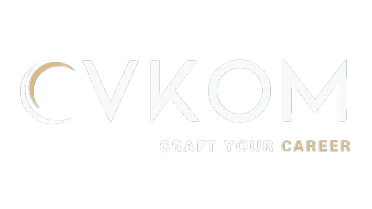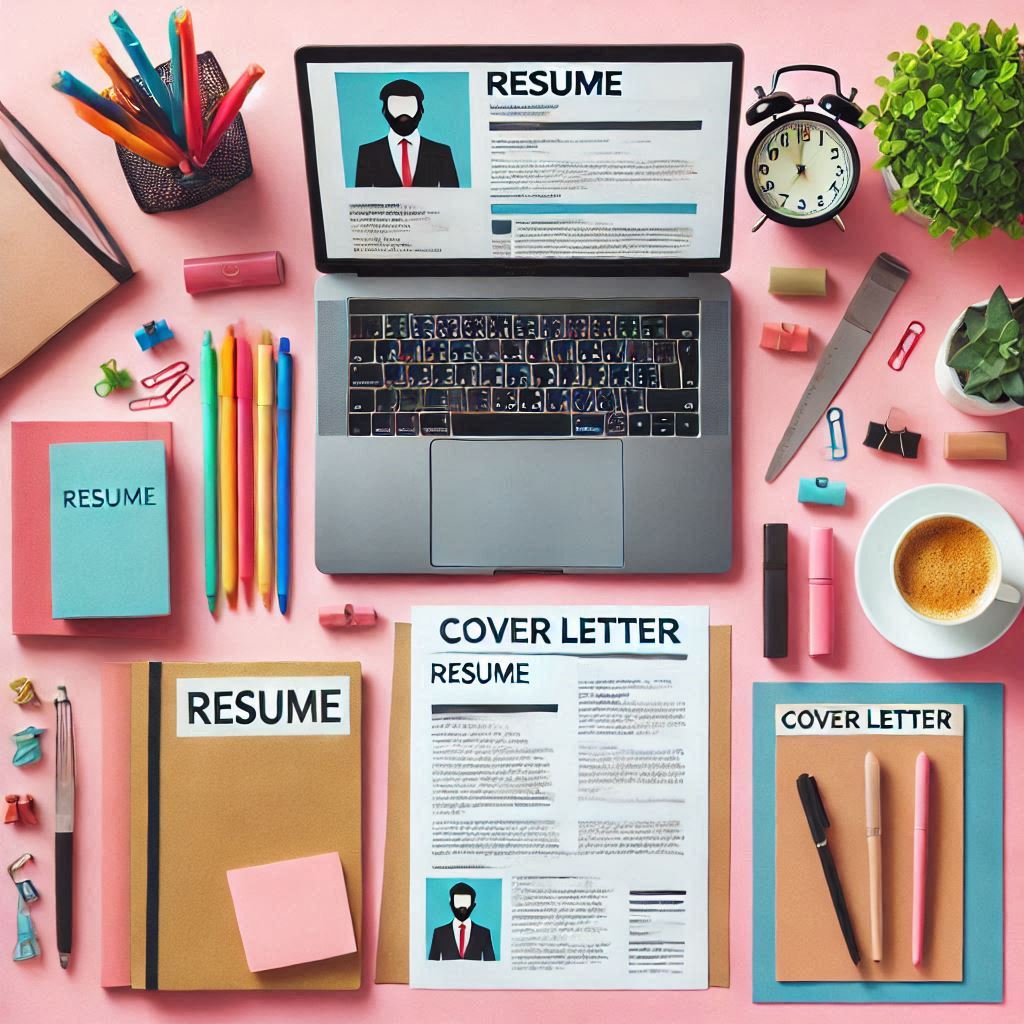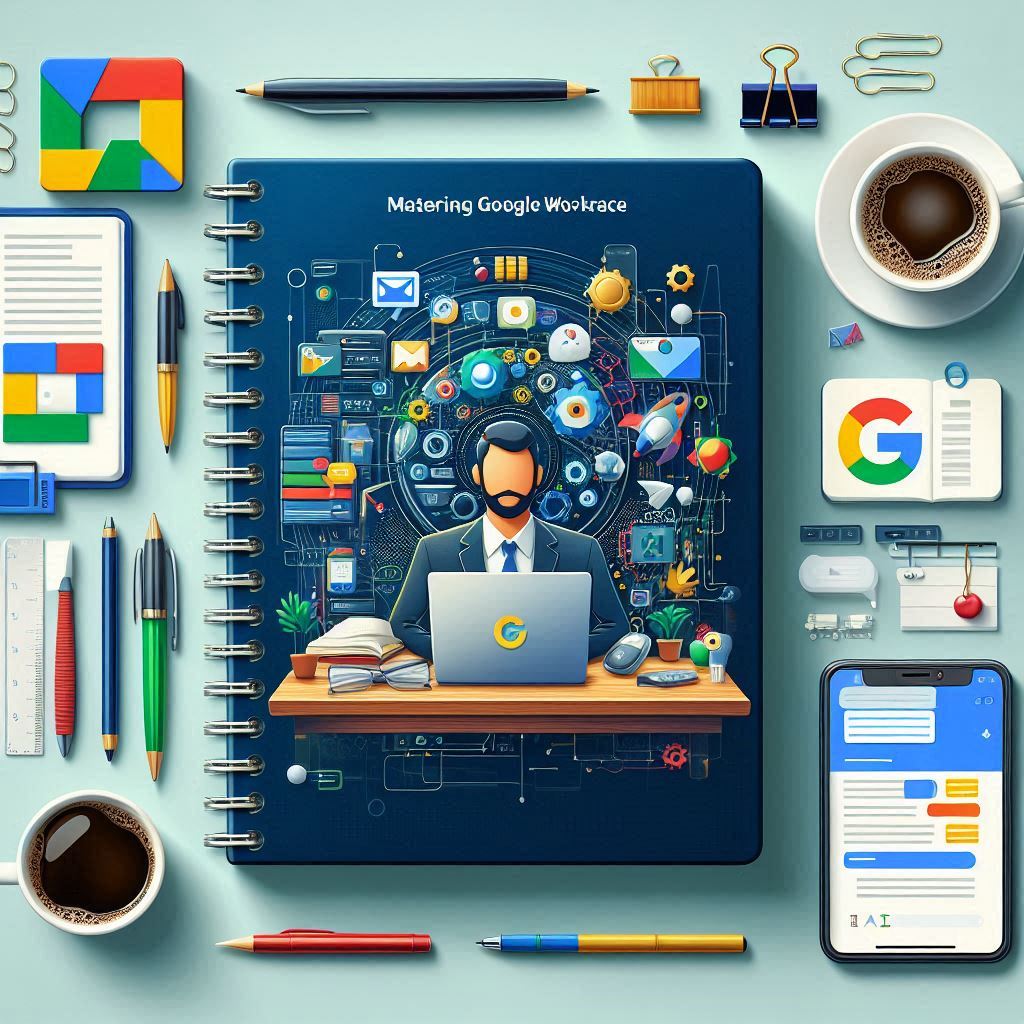How to
Make Your Resume and Cover Letter Complement Each Other
Your resume and cover letter are two
of the most critical tools in your job application toolkit. While each serves a
distinct purpose, they should work together to create a cohesive and compelling
narrative about your skills, experiences, and suitability for the role. This
guide will help you craft a resume and cover letter that not only stand out
individually but also reinforce each other for maximum impact.
Why
It’s Important to Align Your Resume and Cover Letter
- Creates a Unified Message: Ensures both documents tell a consistent story about
your qualifications and career goals.
- Showcases Versatility: Highlights different aspects of your skills and
experiences to present a well-rounded picture.
- Reinforces Key Themes: Allows you to emphasize your strongest attributes
through repetition and elaboration.
- Demonstrates Attention to Detail: Shows employers that you’ve carefully tailored your
application to the job.
Key
Differences Between a Resume and a Cover Letter
|
Resume |
Cover Letter |
|
Summarizes qualifications and experience. |
Explains why you’re a great fit for the role. |
|
Uses bullet points and structured sections. |
Written in paragraph format. |
|
Focuses on hard skills and measurable results. |
Highlights soft skills and motivation. |
|
Typically 1–2 pages long. |
Should not exceed one page. |
How
to Make Your Resume and Cover Letter Complement Each Other
1.
Tailor Both Documents to the Job Description
- Resume:
Use keywords and phrases from the job description to highlight your relevant skills and achievements.
- Cover Letter:
Explain how your qualifications meet the specific needs of the company and
the role.
Example:
If the job requires project management experience:
- Resume:
"Managed 10+ cross-functional projects, delivering results 15% ahead
of schedule."
- Cover Letter:
"In my previous role, I successfully led a team to complete a
high-priority project two weeks ahead of schedule, showcasing my ability
to manage deadlines effectively."
2.
Use the Cover Letter to Provide Context
- The resume lists your achievements; the cover letter explains them.
- Add the “why” behind the accomplishments.
Example:
- Resume:
"Increased customer satisfaction by 20% through streamlined service
protocols."
- Cover Letter:
"By analyzing customer feedback and redesigning our service
workflows, I enhanced client satisfaction rates by 20%, demonstrating my
commitment to continuous improvement."
3.
Don’t Repeat; Expand
Example:
- Resume:
"Achieved $500K in new business by identifying untapped market
segments."
- Cover Letter:
"This achievement was the result of a comprehensive market analysis
that identified underserved demographics. By tailoring our outreach
strategies, I successfully secured $500K in new business revenue."
4.
Align the Tone and Style
Ensure both documents reflect a consistent tone and style that matches the company culture and industry.
- A formal tone for traditional industries like finance
or law.
- A creative tone for roles in marketing or design.
5.
Emphasize Transferable Skills in the Cover Letter
If transitioning industries or
roles, use the cover letter to explain how your transferable skills make you a
good fit.
Example:
- Resume:
"Led a team of 15 to deliver technical support services."
- Cover Letter:
"My leadership experience in managing a technical support team has
honed my problem-solving and communication skills, which I’m eager to
apply in a customer success role."
6.
Use the Cover Letter to Address Gaps or Unusual Career Moves
Example:
"In 2021, I took a six-month career break to pursue professional
certifications, which have deepened my expertise in digital marketing and
project management."
7.
Include Metrics in Both
Quantifiable achievements are
impactful in both documents, but use the cover letter to provide the context
behind those numbers.
Example:
- Resume:
"Improved team productivity by 25% through workflow
optimization."
- Cover Letter:
"By introducing new workflow tools and providing targeted training, I
improved team productivity by 25%, contributing to a significant increase
in project delivery efficiency."
8.
Personalize the Cover Letter
While your resume is largely
standardized, the cover letter allows you to address the hiring manager directly and explain why you’re excited about the role.
Example:
"Your company’s dedication to innovation resonates with my own passion for
developing creative solutions to complex problems. I’m particularly impressed
by your recent initiative to adopt sustainable business practices."
9.
Use the Same Visual Design
A cohesive design makes your
application look polished and professional. Use the same font, color scheme,
and header format for both documents.
Practical
Example: How They Work Together
Job
Posting:
Seeking a Marketing Manager with
expertise in digital campaigns, team leadership, and data-driven strategies.
Resume Example:
Digital Marketing Manager
XYZ Agency | Jan 2018 – Present
- Spearheaded digital campaigns that increased online
sales by 30% year-over-year.
- Managed a team of 10 marketing specialists, fostering a
collaborative environment that improved project delivery times by 20%.
- Optimized advertising spend through A/B testing, saving
$50K annually.
Cover Letter Example:
"In my current role as a Digital Marketing Manager at XYZ Agency, I’ve led
a team of 10 to execute innovative campaigns that drove a 30% increase in
online sales. By leveraging data analytics, I optimized advertising spend,
saving the company $50K annually. I’m excited about the opportunity to bring
this expertise to your team and contribute to your goal of expanding digital
reach."
Final
Tips
- Proofread Both Documents: Ensure there are no inconsistencies or errors.
- Focus on Complementarity: Your resume and cover letter should reinforce each
other, not duplicate content.
- Keep it Concise:
Each document should be easy to read and straight to the point.
Why
Choose CVKOM for Your Resume and Cover Letter?
At CVKOM, we specialize in
creating tailored resumes and cover letters that work in harmony to showcase
your strengths. Our platform offers:
- Customizable Templates: Match the design of your resume and cover letter.
- AI-Powered Suggestions: Optimize content for specific job descriptions.
- ATS Compatibility:
Ensure both documents pass Applicant Tracking Systems.
- Professional Proofreading: Deliver error-free, polished materials.
Conclusion
Your resume and cover letter should
work as a team to tell a cohesive story about your skills, experience, and
enthusiasm for the role. By tailoring each document, providing complementary
details, and maintaining a unified tone, you can create a powerful application
that captures the attention of recruiters.
Let CVKOM help you craft a
winning resume and cover letter today—where professionalism meets opportunity!




